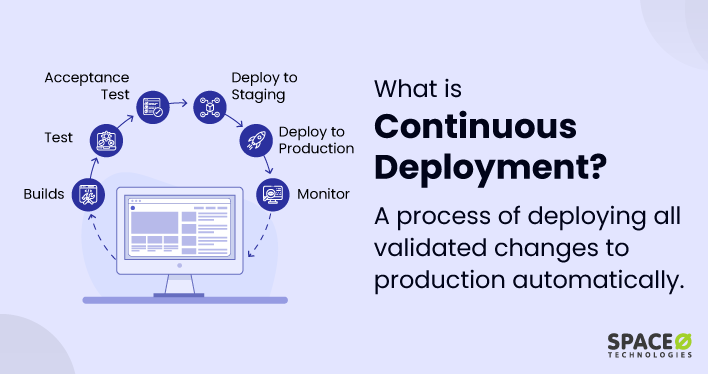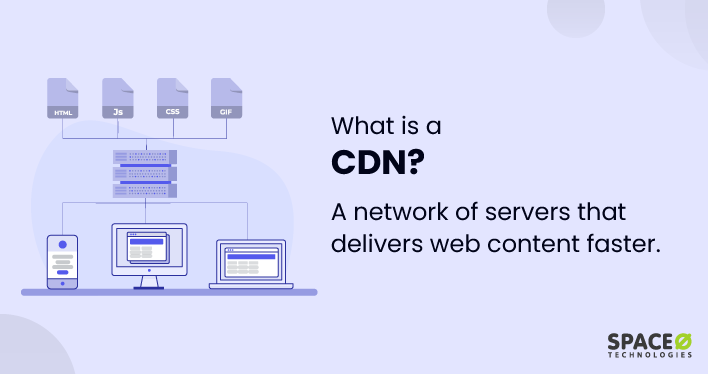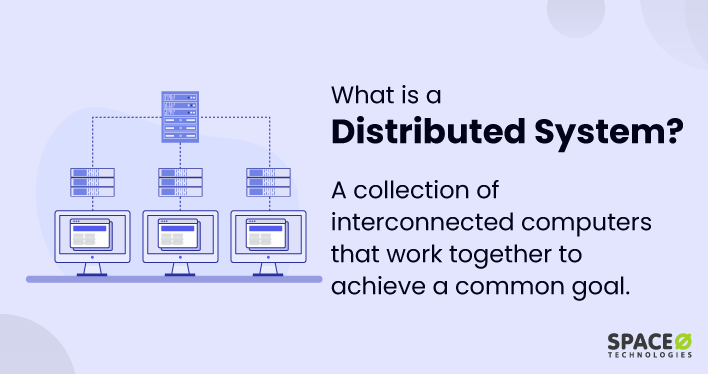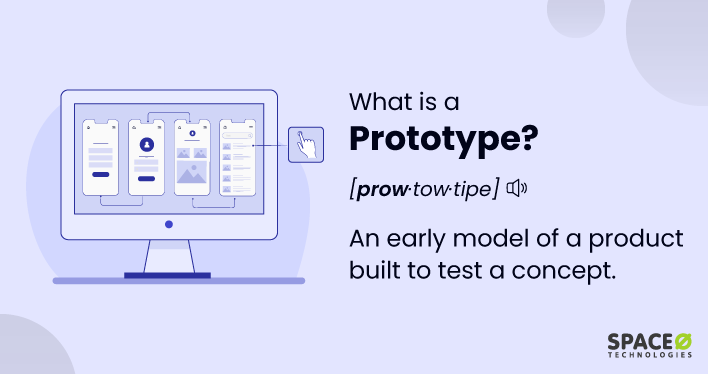Table of Contents
What is Continuous Deployment?
Continuous Deployment (CD) is a software development practice where changes made to the codebase are automatically tested and deployed to production if they pass all the tests. This continuous testing and continuous deployment process enables faster feedback, fewer manual errors, and consistent delivery of features.
For instance, if developers are modifying a code to a web application like an e-commerce site, each change is automatically tested using automated testing, and, if code changes are successful, deployed to the live site, making the changes immediately available to the end users.
Deploying a web application traditionally involves several steps including writing code, testing, transferring it to a server, and making it accessible to end users. If you want to know in detail about deployment, read this comprehensive guide about web application deployment. From this guide, you will get an in-depth knowledge about the steps of deployment, tools used, and the best practices for web app deployment.
Continuous Deployment automates these steps, ensuring the application is always in a state that can be deployed to production. This leads to increased efficiency and rapid, continuous deployment and continuous delivery of new features to users.
How Continuous Deployment Works?
Here is a sequence diagram that describes the working of continuous deployment.
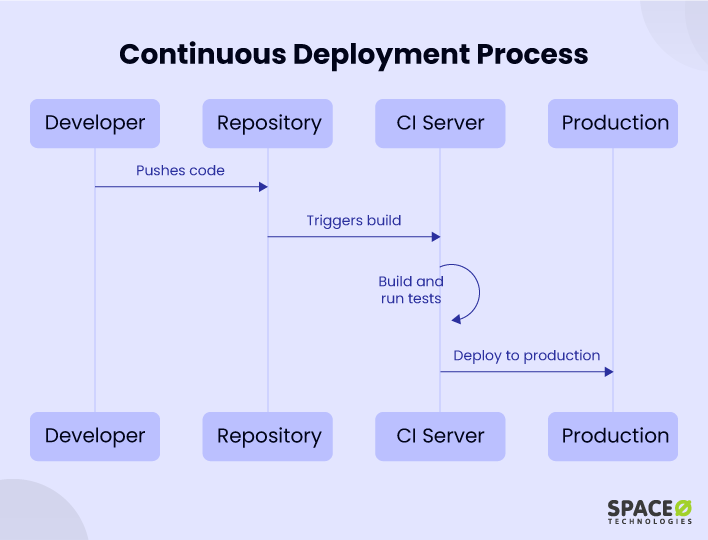
Let’s understand the working of continuous deployment.
- Developer Pushes Code: The process begins when a developer or development team makes changes to the code and pushes these code modifications to a code repository. This code change could be a new feature, a bug fix, or any other code change.
- Repository Triggers Build: The code repository, upon receiving the new code, triggers a build and development process, on a Continuous Integration (CI) server. This development process could be an automated development process, set up to occur whenever new code is pushed to the repository.
- CI Server Builds and Runs Tests: The CI server takes the new code and builds the application. It also runs any tests that have been set up. This could include unit tests, integration tests, and other types of automated tests to ensure the deployment of new code hasn’t broken anything.
- CI Server Deploys to Production: If the build and tests pass, the CI server then deploys the new code to the live production environment. This deployment means the new code is now live and users can interact with the software for new features or bug fixes.
This process is continuous, meaning it happens regularly whenever a new code is pushed. This allows for rapid and almost continuous integration and continuous deployment of new features and bug fixes, and it ensures that the code is always in a deployable state.
7 Benefits of Continuous Deployment
Continuous Deployment (CD) is a cornerstone of the DevOps methodology. For those who might be unfamiliar with the overarching principles and practices that make Continuous Deployment possible, a comprehensive definition of DevOps can provide clarity.
The CD offers a number of significant benefits to software development teams:
- Offers Faster Release Rate: Since the process is automated, new features and bug fixes can be deployed as soon as they are ready. This can greatly reduce the time between when a feature is developed and when it is available to users.
- Reduces Risks: Smaller, more frequent updates reduce the risk associated with deployments. If an issue does occur, it is typically easier to identify and address the issue, as the change causing the problem would have been small and recent.
- Improves Product Quality: Since every change is automatically tested before it is deployed, the likelihood of a bug making it into production is reduced. This can lead to improved product quality overall.
- Increases Efficiency: Automating the launching process can save time and effort compared to manual deployments, which can be slow and prone to errors. This allows the team to focus more on development and less on operational tasks.
- Offers Better Customer Satisfaction: Frequent updates can lead to better customer satisfaction, as users benefit from regular improvements and faster delivery of features. It also allows for quicker responses to user feedback.
- Increases Productivity: With continuous deployment, developers can focus more on building software rather than the process of deployment. Removing manual steps and automating processes make for a smoother, faster workflow.
- Provides Rapid Feedback Loop: Continuous deployment enables a rapid feedback loop between the development team and the end users. By getting new features and bug fixes out to users quickly, teams can understand how their users respond to these changes sooner and make necessary adjustments.
In conclusion, Continuous Deployment streamlines software development and updates, reduces deployment risks, and enhances product quality. It boosts team productivity and efficiency while increasing customer satisfaction. Ultimately, it allows for faster, safer, and more responsive software development and continuous delivery throughout.
